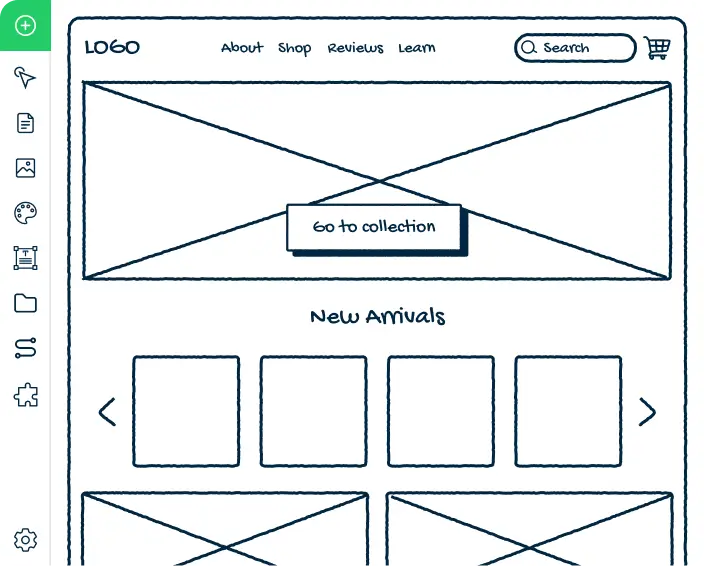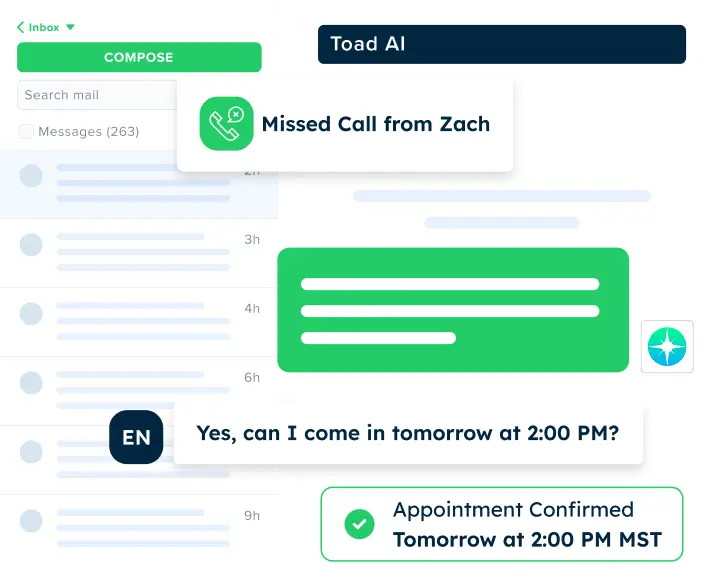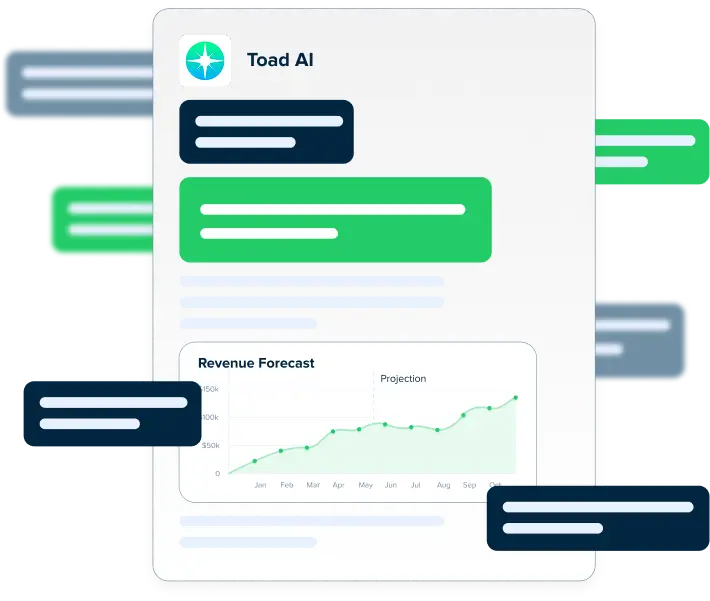Business platform that automates customer engagement, sales, and marketing—so you can do more.
GET DEMO

.webp)









.webp)









.webp)









Everything you need to grow, automate, and scale—without hiring more people.
Convert more visitors with a high-ranking website built for your business.
Never miss a lead. AI sends instant follow-ups via calls, texts, and emails.
AI answers customer questions 24/7 via chat, email, and voice.
Smarter campaigns with AI-generated content and perfect timing.
Predict revenue, track expenses, and optimize cash flow with AI.
AI consolidates your business data to provide actionable insights.

Get a website built for your business that's designed to drive results, optimized to rank higher on Google and turn visitors into customers.

AI handles inbound sales by calling, texting, and emailing leads instantly, following up intelligently, and keeping your pipeline active.

AI provides real-time support through chat, email, and phone, handling inquiries, resolving issues, and escalating complex cases automatically.

AI analyzes customer data to deliver the right message at the perfect time, optimizing emails and personalizing customer interactions effortlessly.

AI takes the guesswork out of financial management by forecasting revenue, tracking expenses, and automating invoices—so you always have a clear picture of your cash flow.

AI consolidates your data from multiple sources, identifieskey trends, and provides insights that help you makebetter business decisions—faster.



Seamlessly connect your business tools with Leapify to automate tasks



















































Handyman Services
Discover how a handyman increased bookings and customer satisfaction using Leapify’s AI platform for instant replies, automation, and review generation.
22%
increase in booked jobs
40+
new 5-star reviews on Google

Auto Repair Shop
Discover how an auto service shop boosted bookings and customer loyalty using Leapify’s AI platform for instant replies, automation, and client retention.
27%
Increase in Booked Appointments
41+
new 5-star Google reviews
.jpg)
Financial Services
Discover how a business funding provider accelerated lead conversion and client retention using Leapify’s AI platform for instant replies, automation, and CRM integration.
35%
increase in completed applications
108%
Growth In Monthly Revenue
VIEW CASE STUDIES